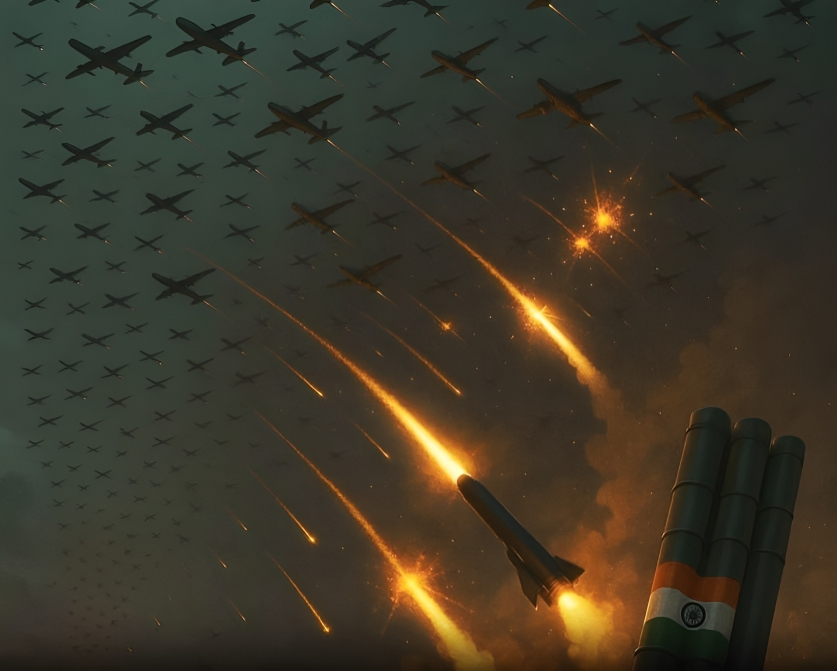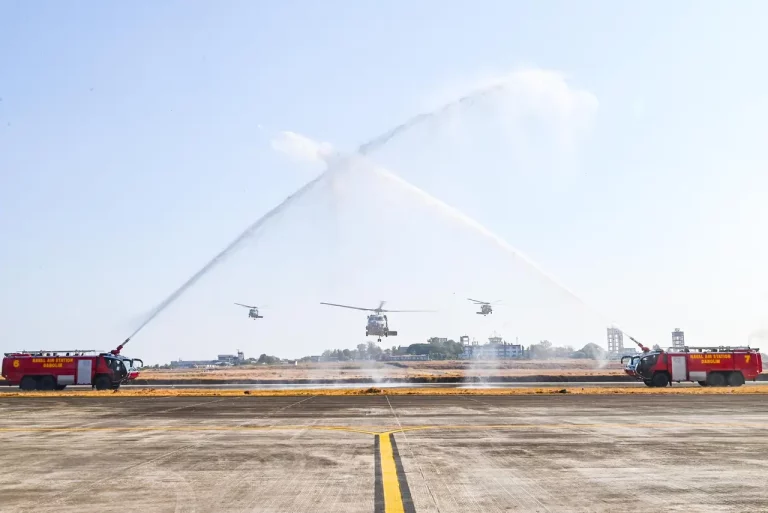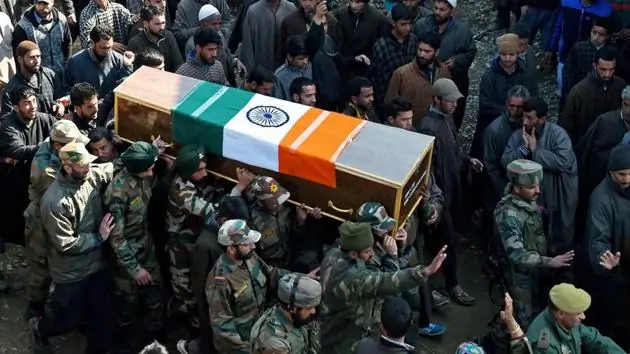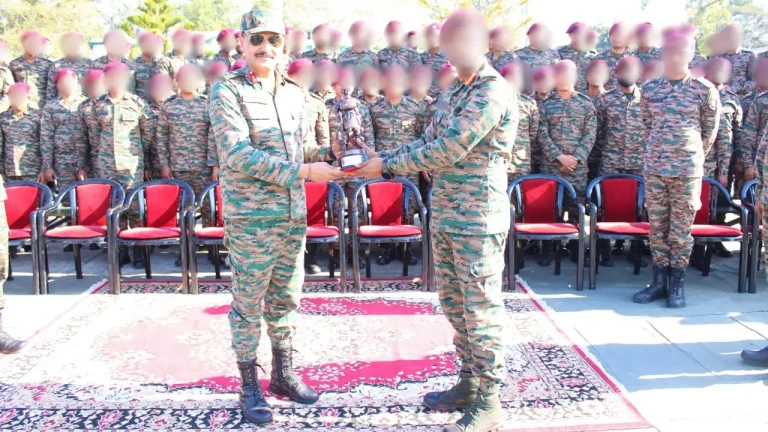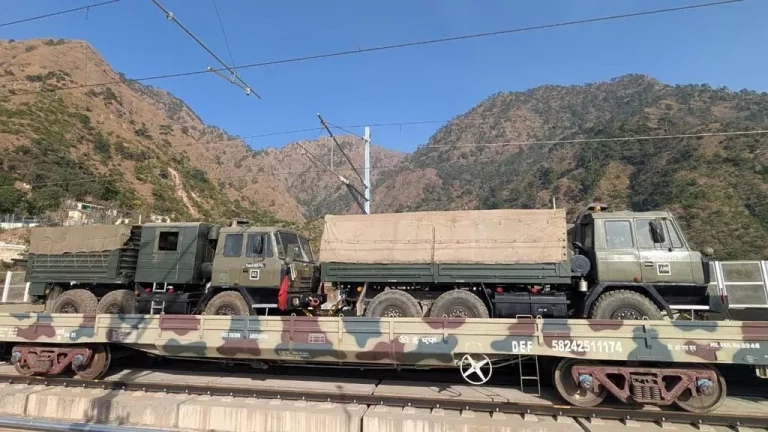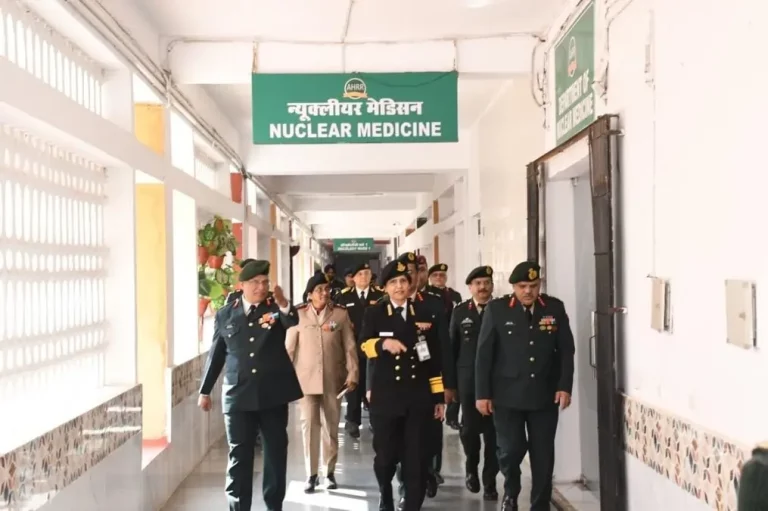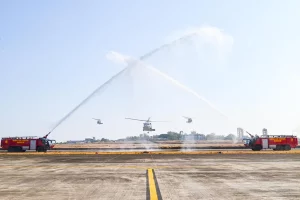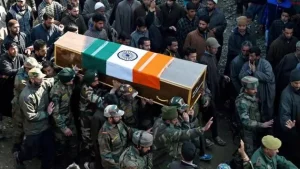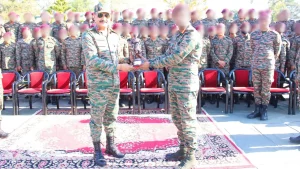In a significant escalation of tensions along the India-Pakistan border, India has reported a large-scale infiltration attempt by Pakistan involving more than 500 drones across 24 strategic points. These incursions, which took place during the night of May 7 and 8, were accompanied by heavy weapons fire along the Line of Control (LoC), indicating a marked increase in military confrontation between the two nations.
Colonel Sofiya Qureshi of the Indian Army addressed the media, confirming that many of the drones were neutralized through a combination of kinetic (weapon-based) and non-kinetic (electronic warfare) measures. Preliminary forensic investigations revealed that the downed unmanned aerial vehicles (UAVs) were identified as Songar drones, a Turkish-origin model manufactured by Asisguard. These drones are equipped to conduct real-time image transmission, threat engagement, and intelligence gathering, casting a spotlight on the military capabilities being utilized by Pakistan.
This aggressive maneuver follows India’s recent Operation Sindoor, a focused military campaign targeting terrorist hideouts in both Pakistan and Pakistan-occupied Kashmir (PoK). This operation was launched in direct response to a series of cross-border attacks that have heightened security concerns in India. Military analysts regard the drone offensive as a potential retaliatory tactic or psychological operation meant to assess India’s response capabilities.
The involvement of Turkish-made drones adds a complex international dimension to the already fraught India-Pakistan relationship, raising questions about Pakistan’s defense procurement strategies and potential foreign support. India has indicated its intention to bring this issue to diplomatic forums, indicating a readiness to address the implications of such military developments while still navigating a volatile border situation.
The international community has responded with growing apprehension, especially given both nations’ nuclear capabilities and their longstanding history of military conflicts. Analysts warn that incidents like these could escalate into broader hostilities if not handled with caution and an emphasis on dialogue.
In response to the infiltration attempts, India remains on high alert, enhancing its surveillance and counter-drone capabilities while reaffirming its commitment to national security and regional stability. The situation continues to evolve, with both countries potentially on the brink of further military engagements.
